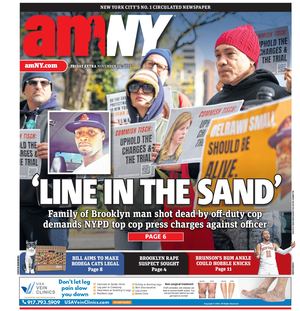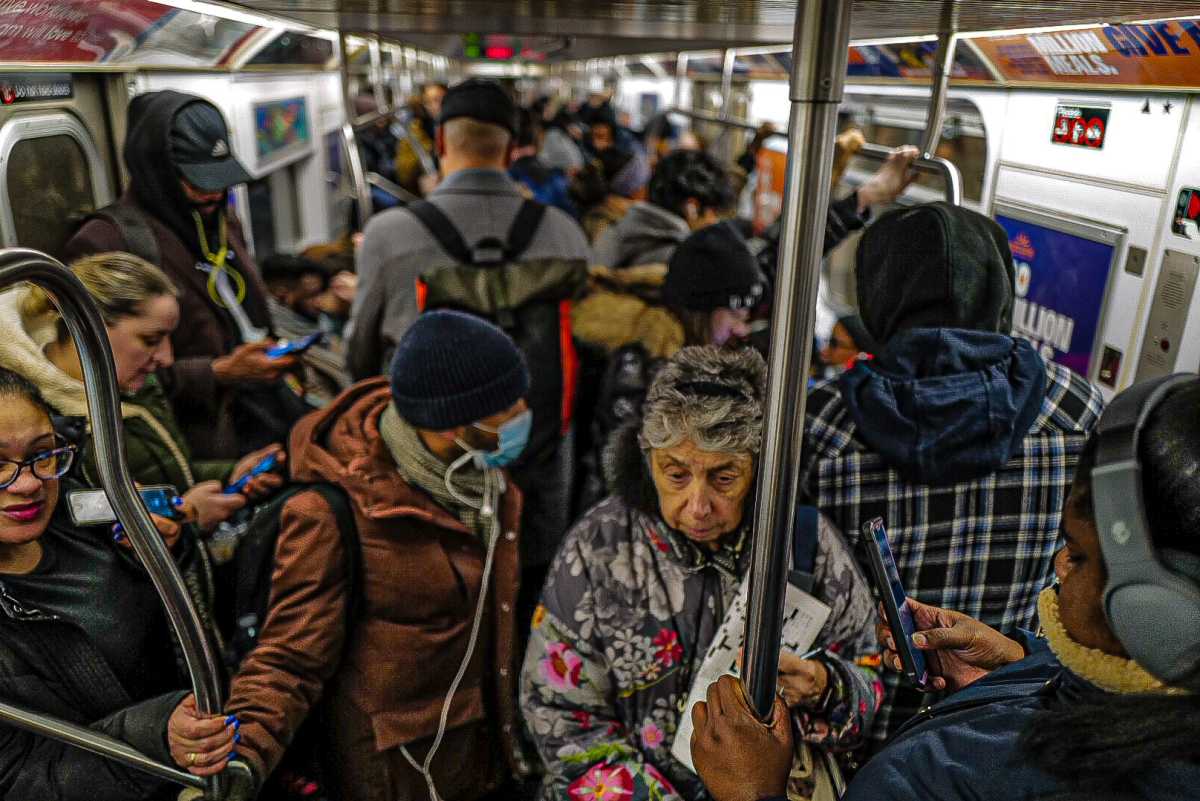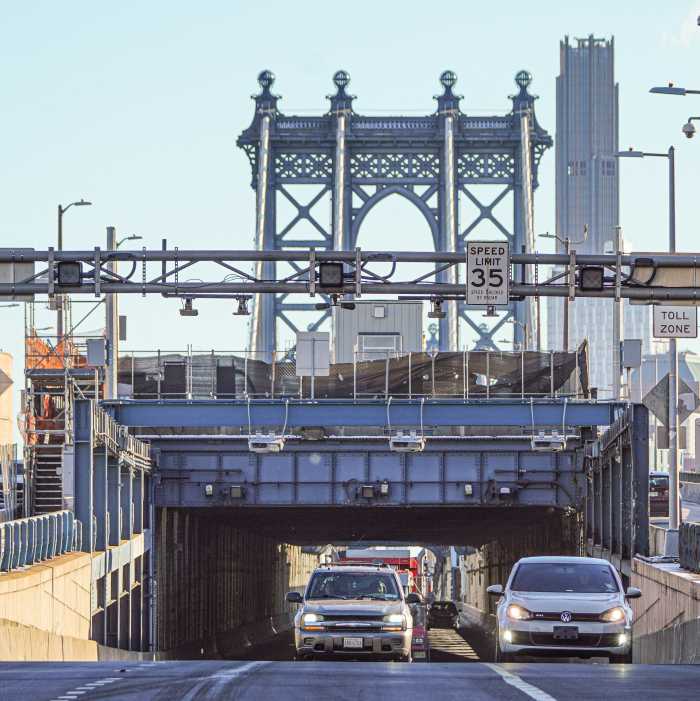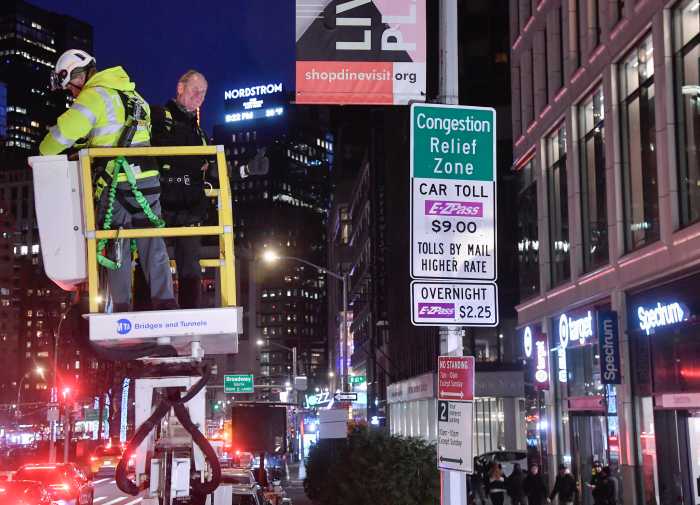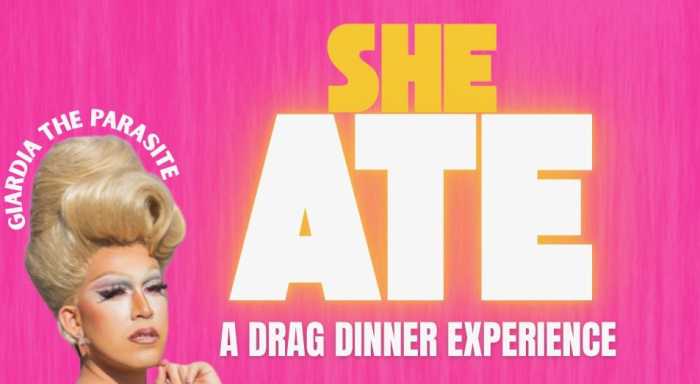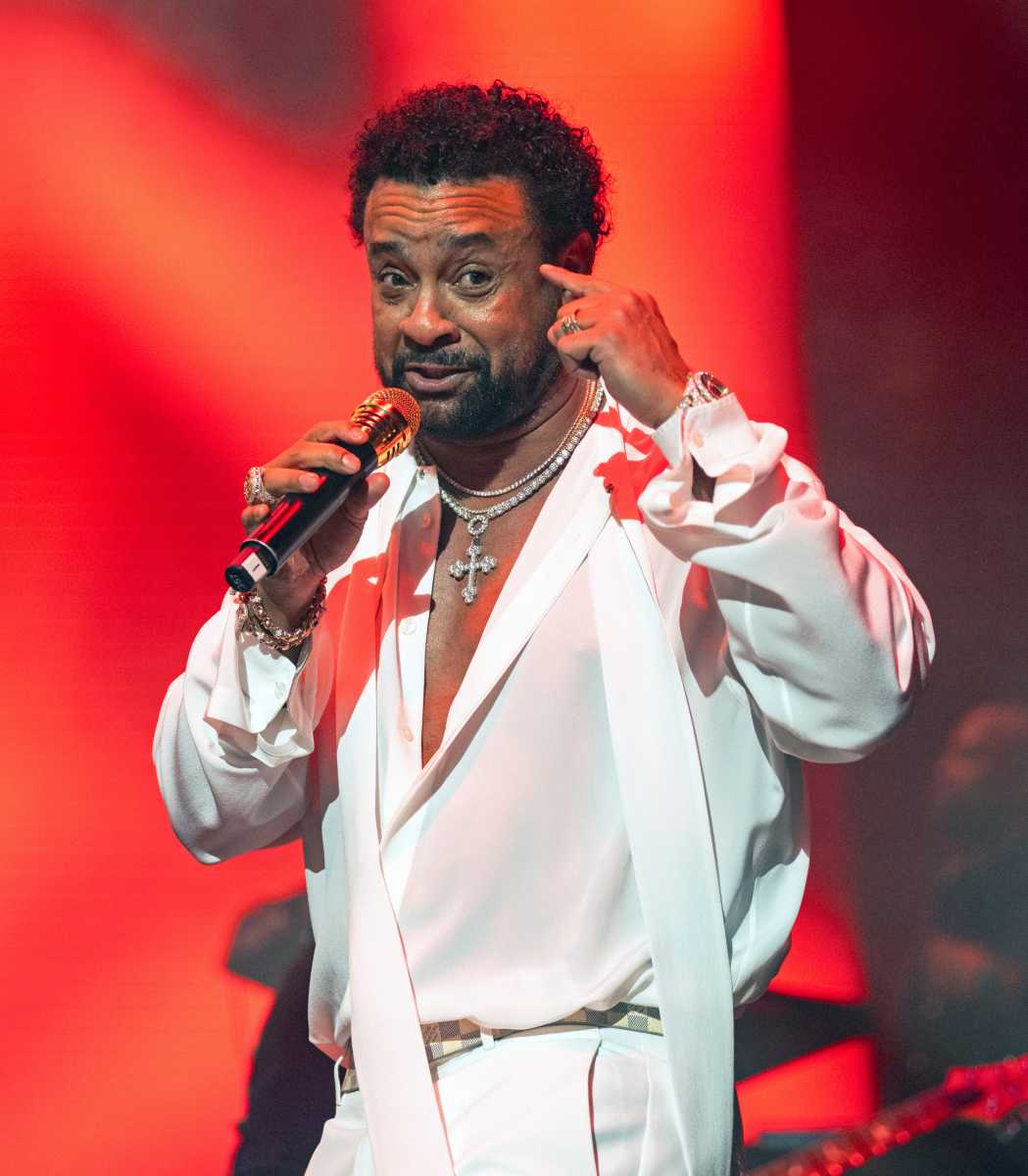If a federal court grants a Trump administration order to kill congestion pricing in NYC, the fate of numerous major MTA public transportation projects — and of reliable service throughout the subway system — could be in serious jeopardy.
Congestion pricing, designed mostly to help pay for infrastructure projects including the Second Avenue Subway, new rail cars and other necessary upgrades, faced a roadblock on Feb. 19 when Trump’s U.S. Department of Transportation (USDOT) pulled its Biden-era support of the toll program.
If the program ultimately gets scrapped, it would leave a huge funding void for the $15 billion worth of major public transit projects needed in NYC. In fact, 80% of the revenue generated from congestion pricing has been previously allocated for key subway and bus improvements. The remaining 20% of future funds has already been allocated as a split between Metro-North Railroad and the Long Island Rail Road, according to the agency.
This means the Second Avenue Subway, better ADA-access to train stations, and enhanced bus service could be threatened if congestion pricing is axed.
Although the future of congestion pricing rests now in the hands of the courts, President Donald Trump’s administration can still simultaneously withhold federal funding for the Big Apple’s trains and buses.
Experts say that the withholding of federal money is not unique to New York. Many states require federal funds to keep their transportation and other systems active and strong.
“Every state transportation agency in the country is reliant on federal funding,” explained Kate Slevin, executive vice president of the Regional Plan Association, adding that there are just a handful of department exceptions. “All of the state transportation departments get federal money.”
Although the most pressing issue for the state-run MTA is the possible loss of congestion pricing, another whammy could be the Trump administration’s holdback of funds—something he has threatened other states with if they do not follow federal law.
Hochul makes her case
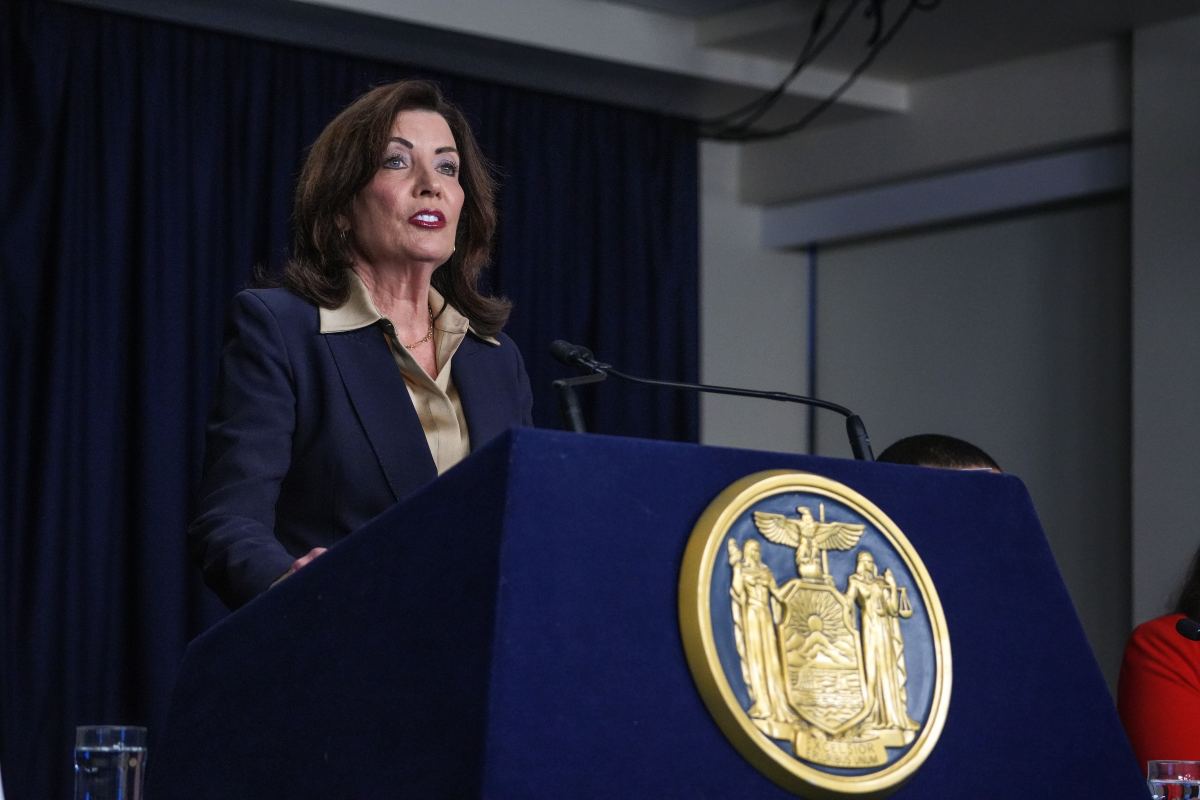
Gov. Kathy Hochul appeared on CBS’ “Face the Nation” on Sunday to discuss her recent meeting with Trump when she stressed to him the importance of the toll program in New York.
“I wanted to take my case to him directly and let him see the benefits of this program because our city is paralyzed with gridlock,” Hochul said on air. “And we had a path forward to be able to make the city move again, and it’s working. I wanted to just have that opportunity to convey that, but I don’t know that we’re very persuasive on that front, but that’s okay. The people in my state need to know I’m willing to take the fight wherever I have to.”
During the broadcast, host Margaret Brennan asked Hochul for comment on New Jersey Gov. Phil Murphy’s support for Trump’s move to end the toll.
“With all due respect to the state of New Jersey, they do not tell us in New York what to do, nor does Washington when it comes to policies that we believe are going to reduce congestion, move along vehicles,” Hochul said. “Emergency vehicles are moving faster and air quality is improving.”
Second Avenue Subway’s next phase at stake again
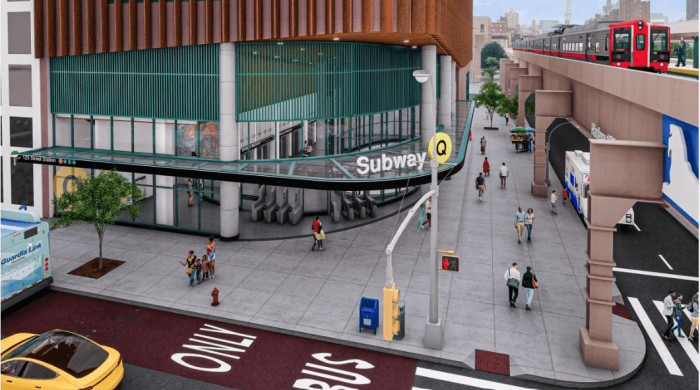
The Second Avenue Subway station, which has been in the works on-and-off since 2017, is one of the largest projects at stake.
So far, only “Phase 1” of the subway line running directly under Second Avenue on the East Side of Manhattan has been completed. Completed in 2017 at a cost of $4.6 billion, it currently has three Q train stations along the route from 72nd to 96th Streets.
The project was put on hold during the governor’s June pause of congestion pricing but went back on track on Dec. 24 when the MTA issued a request for proposals to contractors for “Phase 2.”
Subway station accessibility is also on the table. The MTA was on a roll, adding accessibility features to various train stations toward the end of 2024 and the beginning of 2025.
There is ‘no plan B’
Meanwhile, Janno Lieber, chair and CEO of the MTA, does not feel congestion pricing will end, and has said there is no contingency plan if the program ends.
Although bond deals have already been made, Lieber said on NY1 last week that there is “no plan B” in place.
“But the Trump Administration and the leaders of USDOT have to consider what it means to all these bond deals nationally, which are based on tolling revenues,” he said. “If the federal government says we can pull back that approval at any moment, there are toll roads in Texas and Florida that depend on approvals from this same program. That would have huge, would really make bondholders nervous, and it would mean that future toll-backed revenue bonds would be a lot more expensive to issue.”
Congestion pricing remains active in NYC as New Yorkers continue to stay divided on whether or not the program should continue.
Read More: https://www.amny.com/nyc-transit/
